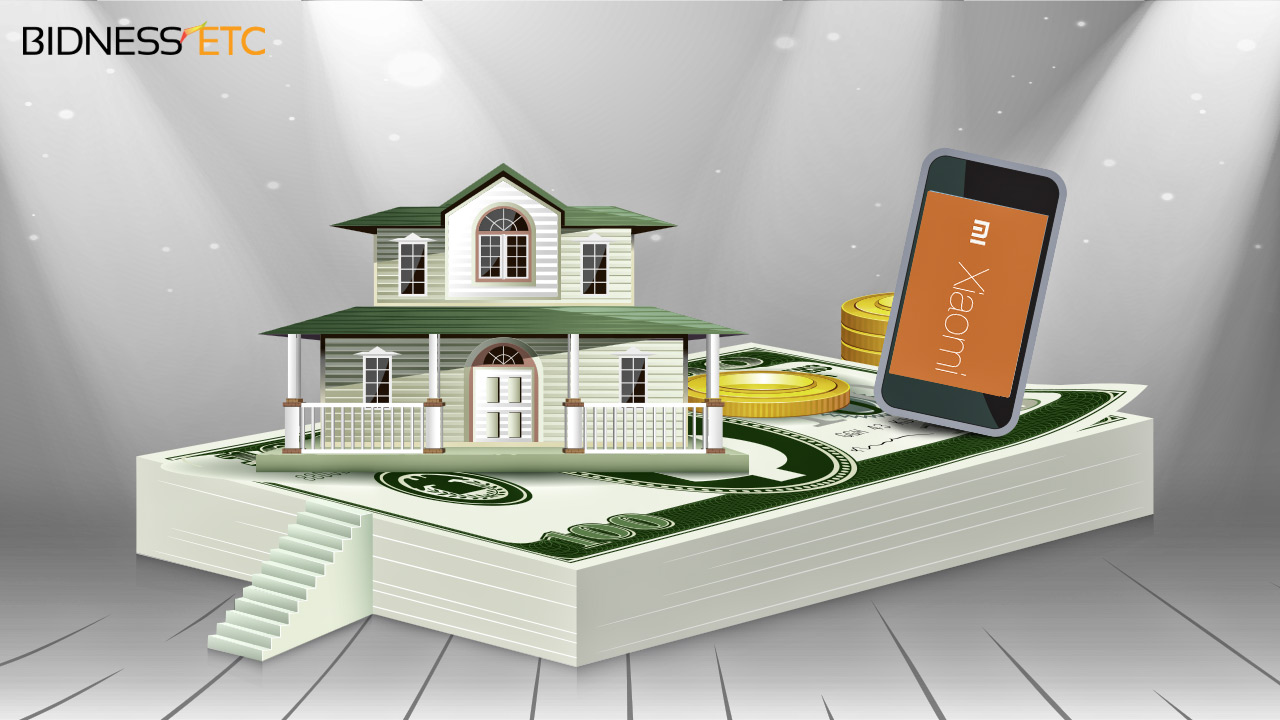New York – 15 April 2015 – The PRNewswire reports the market analysis of Chinese “Smart Home Industry” for the years 2015 to 2020. The said market has seen a steady growth rate of thirty percent, for the Smart Home Industry since the year of 2011. In 2014, the market-scale has increased upto “39.36%”, which has a market value of CNY 28.61 Billions.
The current smart home industry that was developed independently in China is now in its maturing phase as it is gradually coming in contact with the international market. In fact, the smart home products and systems of foreign countries’ are giving a strong competition to their Chinese counterpart. However, the technical side of the smart home system the Chinese market is at par with the international one.
Moreover, China plans on introducing a network system of smart homes along with smart home products in every ordinary household throughout the country. According to many “developers”, the standard of smart home facilities and functionalities can be incorporated in the resident designing while some “high-grade residences” are already equipped with partcial smart home network systems.
Keeping up with the extending market of housing and real-estate industries, the smart home is developing along “with sound development momentum”. The Chinese “high-end market” including Schneider Electric, ABB, Singapore Nico, Merten GmbH & Co., and Honeywell International among other overseas companies, is marketing various products of Smart Home System in high prices. Therefore, currently, the smart home appliances are being installed only in “luxurious residence project(s)”.
Contrarily, the platform of “middle-end market” is “occupied by domestic well-known brands” like Shanghai Super, Anjubao, Bochuang S&T, Tianjin Ruilang, Fujian Aurine Technology Co. Ltd and Qingdao Haier among others. Moreover, the “middle-end market” has also launched the products of smart home systems which are being introduced to high-grade middle residences. Nevertheless, the “low-end market” still fails to bring in a systematic sale of smart home products; as a result it “seldom has complete set of system products”.
Nowadays, the market is full of smart home technological products which are evolving on a daily basis. The changing trend of smart home market is a reflection of the fact that it “is a new field without uniform industry standard”. Consequently, there is poor compatibility in the smart home market which, at times, results in “unstable operation(s)” though it is a common weakness found even in existing market products as well. Moreover, as per the “wiring mode”, the smart home technologies can be enlisted in four categories, namely centralized control, power line carrier technology, field bus and wireless technology.
In the first kind of centralised control over smart home technology system adopts “the decentralized control mode” wherein “single chip microcomputer” processes the entire signalling system. There are other “peripheral interface units” such as “control circuit (I/O) module”, telephone module and security-alarm system.
The second being the “Power line carrier technology” employs power line to transmit signals, while the “Field bus control system” operates the “signal transmission “through system bus”. Eventually about the last category or the wireless technology of smart homes, the news report writes:
The current smart home industry that was developed independently in China is now in its maturing phase as it is gradually coming in contact with the international market. In fact, the smart home products and systems of foreign countries’ are giving a strong competition to their Chinese counterpart. However, the technical side of the smart home system the Chinese market is at par with the international one.
Moreover, China plans on introducing a network system of smart homes along with smart home products in every ordinary household throughout the country. According to many “developers”, the standard of smart home facilities and functionalities can be incorporated in the resident designing while some “high-grade residences” are already equipped with partcial smart home network systems.
Keeping up with the extending market of housing and real-estate industries, the smart home is developing along “with sound development momentum”. The Chinese “high-end market” including Schneider Electric, ABB, Singapore Nico, Merten GmbH & Co., and Honeywell International among other overseas companies, is marketing various products of Smart Home System in high prices. Therefore, currently, the smart home appliances are being installed only in “luxurious residence project(s)”.
Contrarily, the platform of “middle-end market” is “occupied by domestic well-known brands” like Shanghai Super, Anjubao, Bochuang S&T, Tianjin Ruilang, Fujian Aurine Technology Co. Ltd and Qingdao Haier among others. Moreover, the “middle-end market” has also launched the products of smart home systems which are being introduced to high-grade middle residences. Nevertheless, the “low-end market” still fails to bring in a systematic sale of smart home products; as a result it “seldom has complete set of system products”.
Nowadays, the market is full of smart home technological products which are evolving on a daily basis. The changing trend of smart home market is a reflection of the fact that it “is a new field without uniform industry standard”. Consequently, there is poor compatibility in the smart home market which, at times, results in “unstable operation(s)” though it is a common weakness found even in existing market products as well. Moreover, as per the “wiring mode”, the smart home technologies can be enlisted in four categories, namely centralized control, power line carrier technology, field bus and wireless technology.
In the first kind of centralised control over smart home technology system adopts “the decentralized control mode” wherein “single chip microcomputer” processes the entire signalling system. There are other “peripheral interface units” such as “control circuit (I/O) module”, telephone module and security-alarm system.
The second being the “Power line carrier technology” employs power line to transmit signals, while the “Field bus control system” operates the “signal transmission “through system bus”. Eventually about the last category or the wireless technology of smart homes, the news report writes:
"The smart home systems basing on Bluetooth technology used in China include Soben wireless smart home system and M.U.S.T smart home system... (it) has the advantages of wiring-free and convenient installation, but the cost is higher and is subject to disturbance easily...”



















